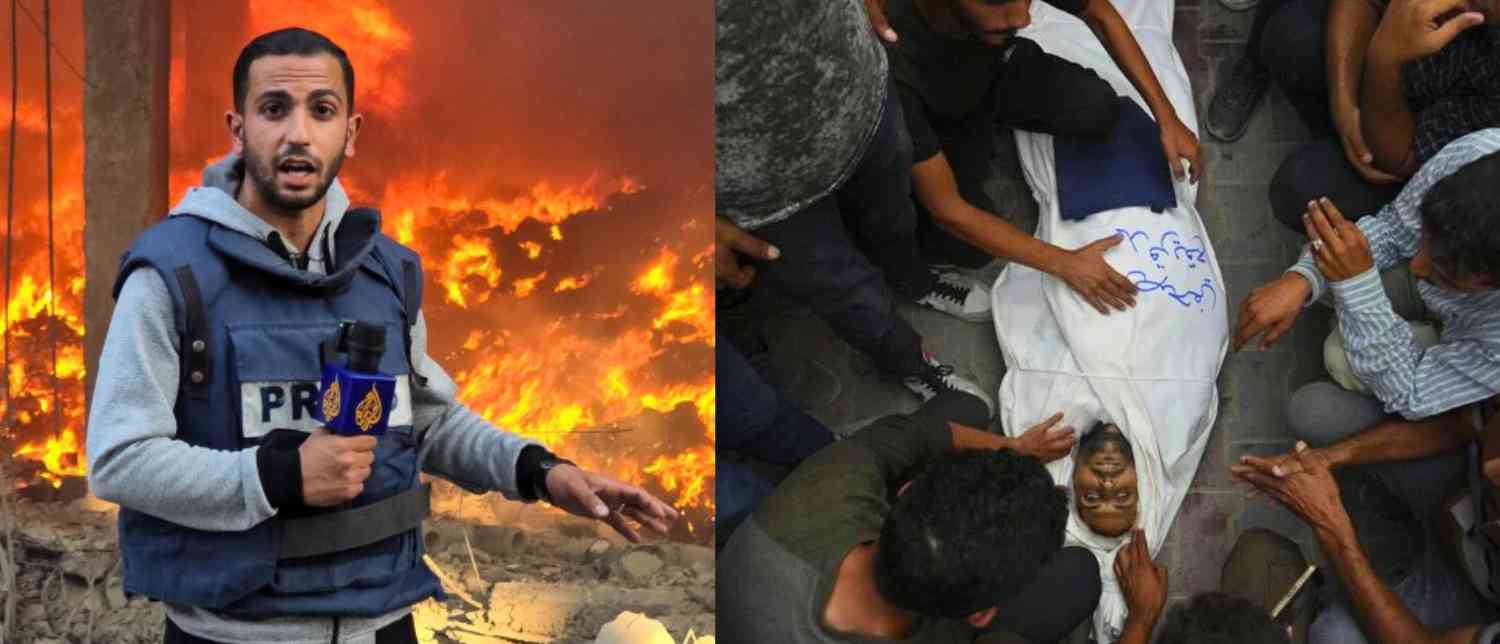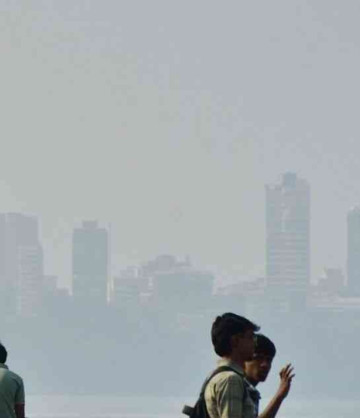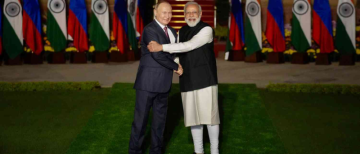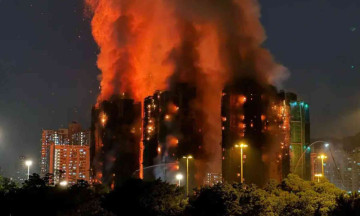Al Jazeera journalist Anas al-Sharif, along with four of his colleagues, was killed in a targeted Israeli airstrike near Al-Shifa Hospital in Gaza City. The strike occurred on the evening of August 10, 2025, when the journalists were gathered in a tent designated for the media. This deadly incident has drawn widespread condemnation from media organizations and human rights advocates around the world.
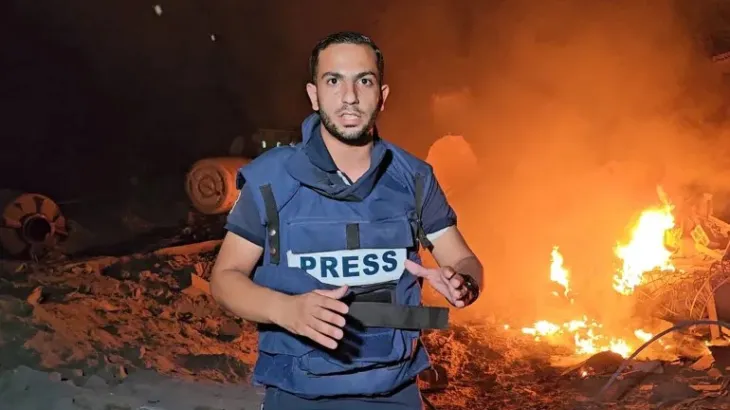
Anas al-Sharif, aged 28, was a prominent correspondent known for his courageous frontline reporting from Gaza. In fact, just minutes before the strike, he posted a video on social media showing the intensified bombardment on Gaza City, capturing the sounds and lights of Israeli missile attacks. His reporting informed the world about the ongoing violence and suffering in the region.
The Israeli military stated that the airstrike targeted Anas al-Sharif, accusing him of leading a Hamas cell and being involved in attacks against Israeli civilians and soldiers. However, there is no public evidence supporting these claims. Human rights monitors and press freedom organizations emphasize that journalists are civilians who should never be targeted. Al Jazeera strongly denies any such connections and condemned the attack as a deliberate attempt to silence journalists revealing harsh realities in Gaza.
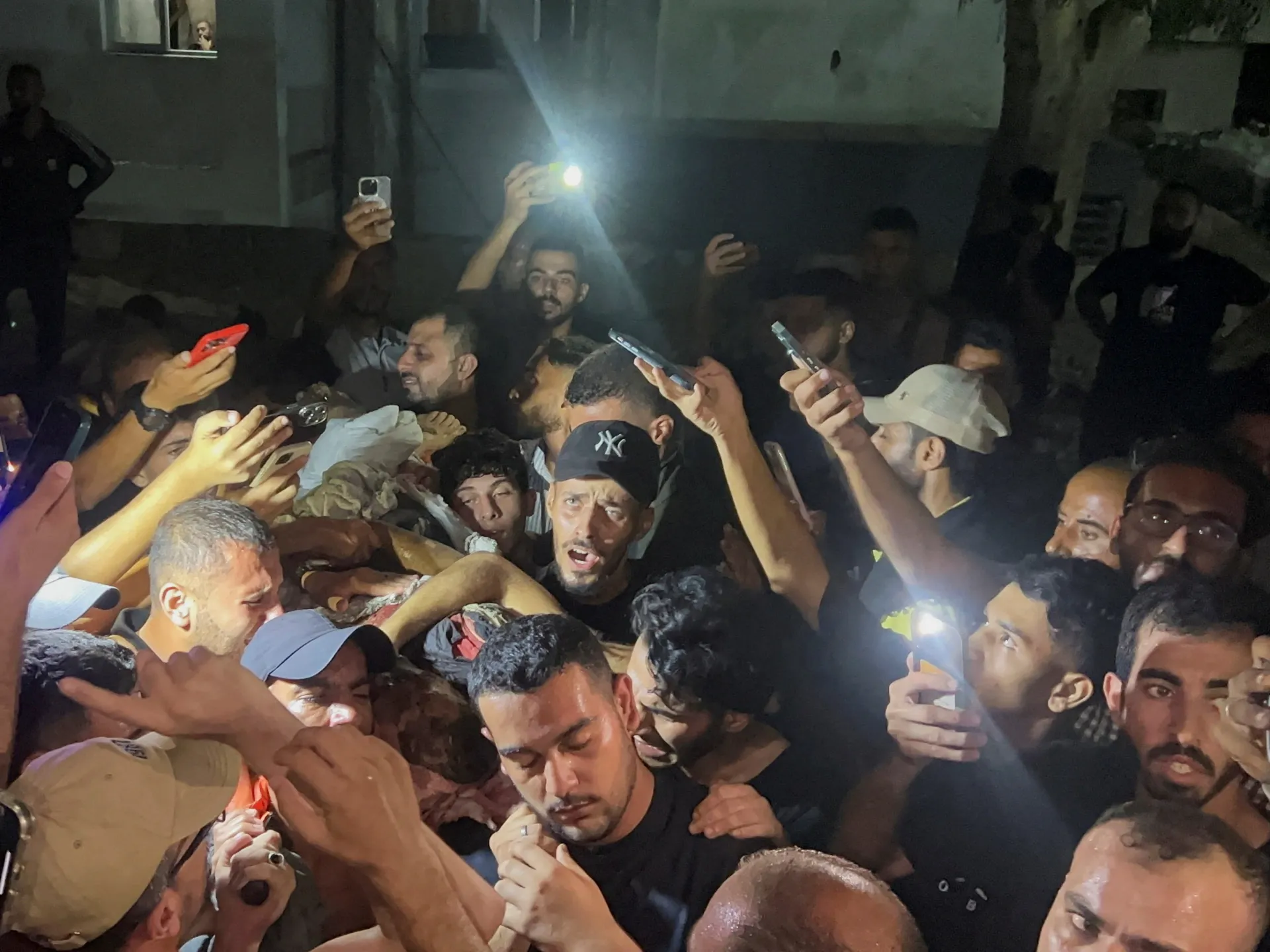
This tragic event adds to a long and troubling pattern of journalists being harmed or killed in conflict zones. Since the conflict escalated in October 2023, reports indicate that dozens of journalists in Gaza have lost their lives. Many local reporters face constant threats, displacement, and deprivation, as access for international media into Gaza remains highly restricted. Journalists are among the many civilians caught in the middle of the violence, struggling to carry out their work under extreme conditions, including severe food shortages and shelling.
The killing of Al-Sharif and his colleagues underscores the perilous nature of reporting from conflict zones. It raises serious concerns about press freedom and the right to information in war-torn areas. Media organizations call for accountability and demand that those responsible for targeting journalists be brought to justice.
At the same time, the tragic deaths highlight the human cost of the ongoing conflict in Gaza, where civilians, including children, repeatedly suffer from airstrikes and military operations. Hospitals, homes, and aid distribution sites have been hit, worsening an already severe humanitarian crisis marked by shortages of food, medicine, fuel, and basic services.
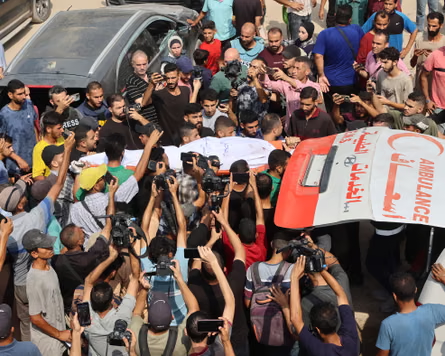
This latest attack on journalists is seen by many as part of a wider strategy that threatens the flow of accurate information from Gaza to the outside world. In a complex and highly charged conflict, independent reporting is vital for transparency and holding all parties accountable. The loss of skilled correspondents like Anas al-Sharif not only silences important voices on the ground but also deepens the challenges faced by people seeking truth amid violent conflict.
The international community and press freedom groups continue to urge for safer conditions for journalists and unrestricted humanitarian access to Gaza. As the conflict persists, ensuring the protection of media workers who risk their lives to report facts has become an urgent global concern.
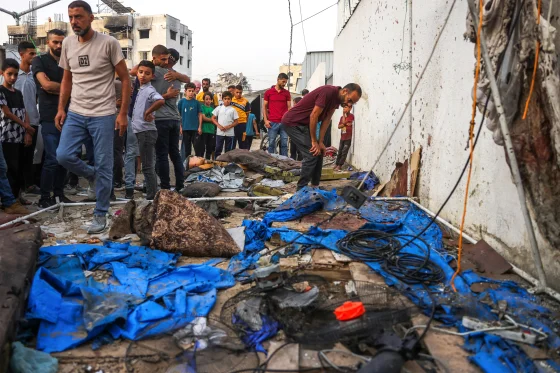
In summary, the death of Anas al-Sharif and his fellow journalists in an Israeli airstrike near Gaza’s main hospital represents a tragic loss to journalism and checks on wartime conduct. It serves as a sobering reminder of the dangers journalists face in conflict zones and the critical need for press freedom to be upheld even in the most difficult circumstances. Ensuring accountability and safeguarding the lives of reporters who document war’s realities should remain a priority for all stakeholders involved.
With inputs from agencies
Image Source: Multiple agencies
© Copyright 2025. All Rights Reserved. Powered by Vygr Media.

